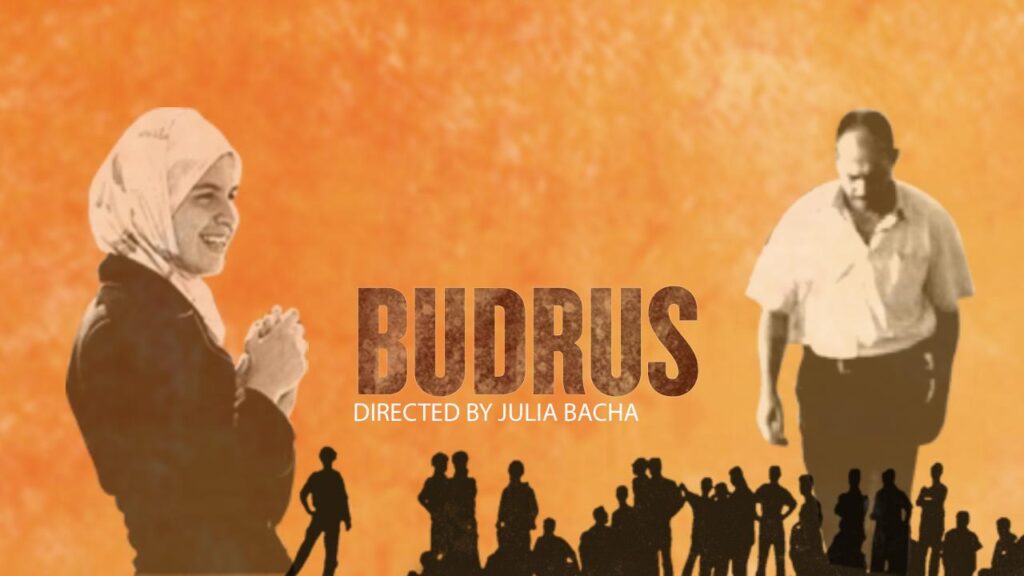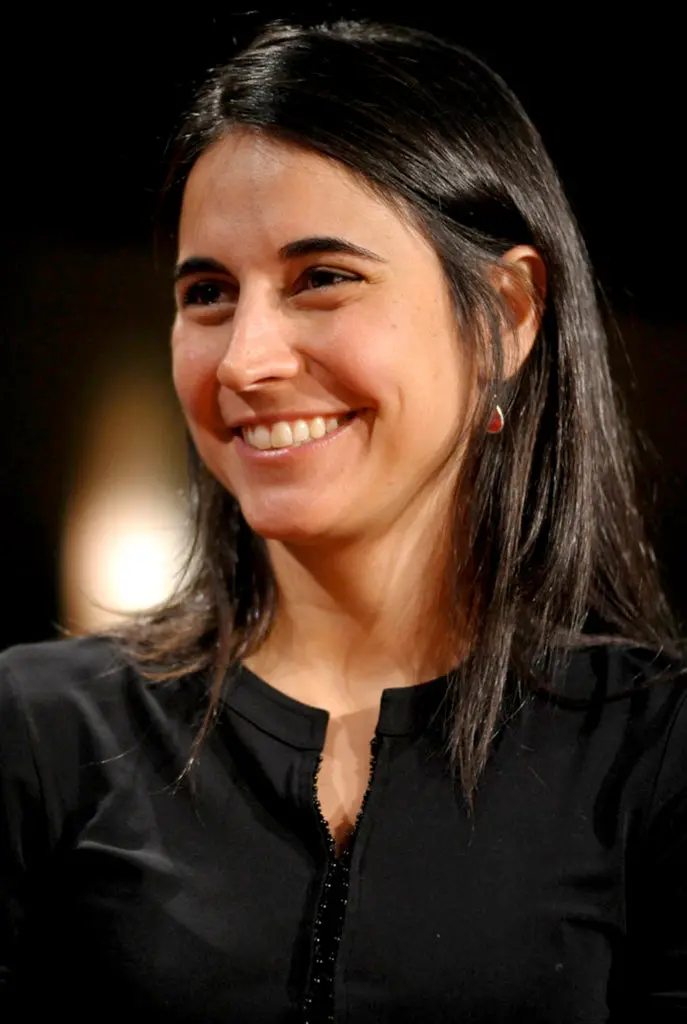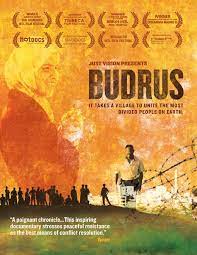
“Nothing scares the army more than nonviolent opposition”
Budrus (2010)
Budrus (2010) is about the small village of Budrus in occupied Palestinian territory and their fight to keep their land and culture from being demolished and divided by the Israeli Separation Barrier.
Budrus is small agricultural village where approximately 1,500 Palestinian people live, many of whom have lived on the land for generations cultivating olives. It is a very close community that has a strong connection to their land, which one of the villagers summed up as “death, stealing the land, and uprooting the trees are one and the same.” This connection between the land and the villagers was almost severed when the Israeli government began construction on a separation wall between Israeli and Palestinian territories. In the documentary, we hear multiple Israeli guards claim that the border is to help defend Israeli citizens from Palestinian terrorists; however, if this was true, the wall separating the two territories would not infringe on the Palestinian side of the green line. The original plan for the separation wall through Budrus would have confiscated 3,000 acres, removed approximately 3,000 olive trees, cut through the cemetery, and would be approximately 40 meters from the school.

Julia Bacha
The documentary, directed by Julia Bacha, follows Ayed Morrar and his daughter Iltezam through the process to save the village from destruction by the separation barrier. Ayed knew that this struggle needed to be nonviolent because otherwise the Israeli government would classify the village as terrorists and feel free to use any amount of force necessary to build the barrier. Although Ayed was considered the leader of the movement (and was the main focus throughout the documentary), he held a more horizontal and democratic type of leadership where tactics were decided on by a group. The villagers met to strategize their goal of stopping the separation barrier from destroying their land, and the next day began their demonstrations.
The documentary did a very good job showing the process of a movement from start to end. It depicted the strategizing, the escalations and the reactions, and how the movement was able to change the separation walls route around Budrus. Some of the tactics used in Budrus included protests; chanting; obstructing the bulldozers; symbolically naming the uprooted trees; holding marches; gathering support from Israeli activists, South African anti-apartheid leaders, and local and national leaders; humanizing the border guards and asking them to disobey orders; etc. In addition to showing Budrus’ demonstrations, the documentary did a very good job depicting the escalation from the Israeli state and the ways that they reacted to the demonstrations. These reactions included verbal warnings; rubber bullets; stun bombs; live ammunition; beatings; state implemented curfew; occupying the buildings; and arrests.
The most effective tactic displayed in the documentary was the way they spread out during marches/protests. The people would spread themselves horizontally across the field or hill and therefore force the border guards to spread themselves out. Inevitably, a gap in the guard’s line emerged, the people would rush past them and race to the bulldozers, where they would stand in the way. At one point, Iltezam climbed into the hole the bulldozer had just used to uproot a tree. This forced the workers and the bulldozer to move, which is when the villagers attempted to replant the olive trees that were uprooted. The cooperation between Budrus, the local villages, and the Israeli activists was another great strategy that shined an international light on the conflict. It also brought a lot of media attention to the cause and helped Israeli and Pakistani people humanize each other.
Overall, the movement in Budrus was effective, they held 55 demonstrations and saved 95% of the land, olive trees, and saved the cemetery. This documentary is a great tool in learning nonviolent tactics because it achieved its goal to save their land and it was used as an example for other villages and cities in Palestine. This movie offered strong insights into how a small village under occupation can successfully make a change and lead to broader reform.
